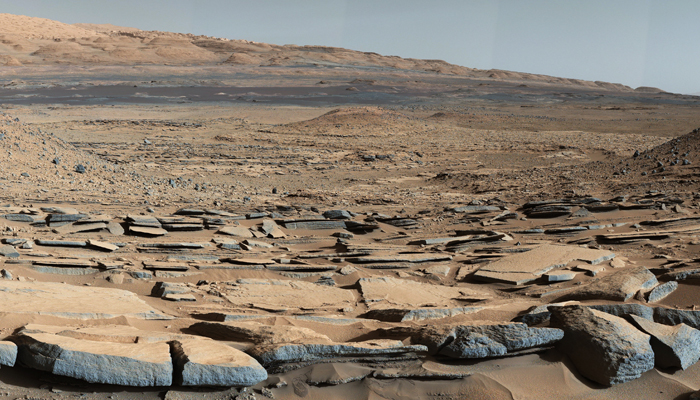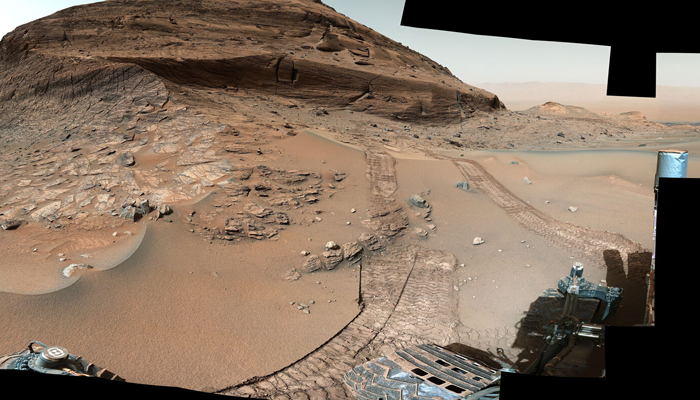New findings reveal habitability on Mars
Elon Musk building Starship rocket to land human on Mars
April 07, 2024

Astronomers revealed new information about the habitability on Mars that may be a good omen for the tech billionaire and space enthusiast Elon Musk — who is planning to land humans on the red planet.
Elon Musk has been building his Starship rocket that, according to him, will eventually take humans to Mars.
According to researchers, life on the red planet had been present millions of years ago until water — the major source of life — vanished.
The team of scientists estimated that the surface of Mars — once hosted rivers, lakes and oceans — looked like Earth in the early days of our solar system, according to The Sunday Times.
How water vanished from the planet is a question scientists have been pondering upon.
Their study published in the journal Geology revealed that water has been present even in the late Hesperian period, challenging beliefs about water disappearance during that period at around 2.9bn years ago.

According to Imperial College London Researchers, there were "signs that water was abundant in Mars's Gale crater, a 92-mile diameter basin just south of the equator, long after the planet was thought to have become dry and inhospitable."
The team managing the Curiosity rover also discovered such layers that could have only formed by water.
The lead author of the study, Dr Steven Banham, said: "... by which process did the water leave these clues?"
Dr Banham, who is also a teaching fellow at Imperial's Department of Earth Science and Engineering, noted: "This water might have been pressurised liquid, forced into and deforming the sediment; frozen, with the repeat freezing and thawing process causing the deformation; or briny, and subject to large temperature swings."
"What's clear is that behind each of these potential ways to deform this sandstone, water is the common link," he added.









